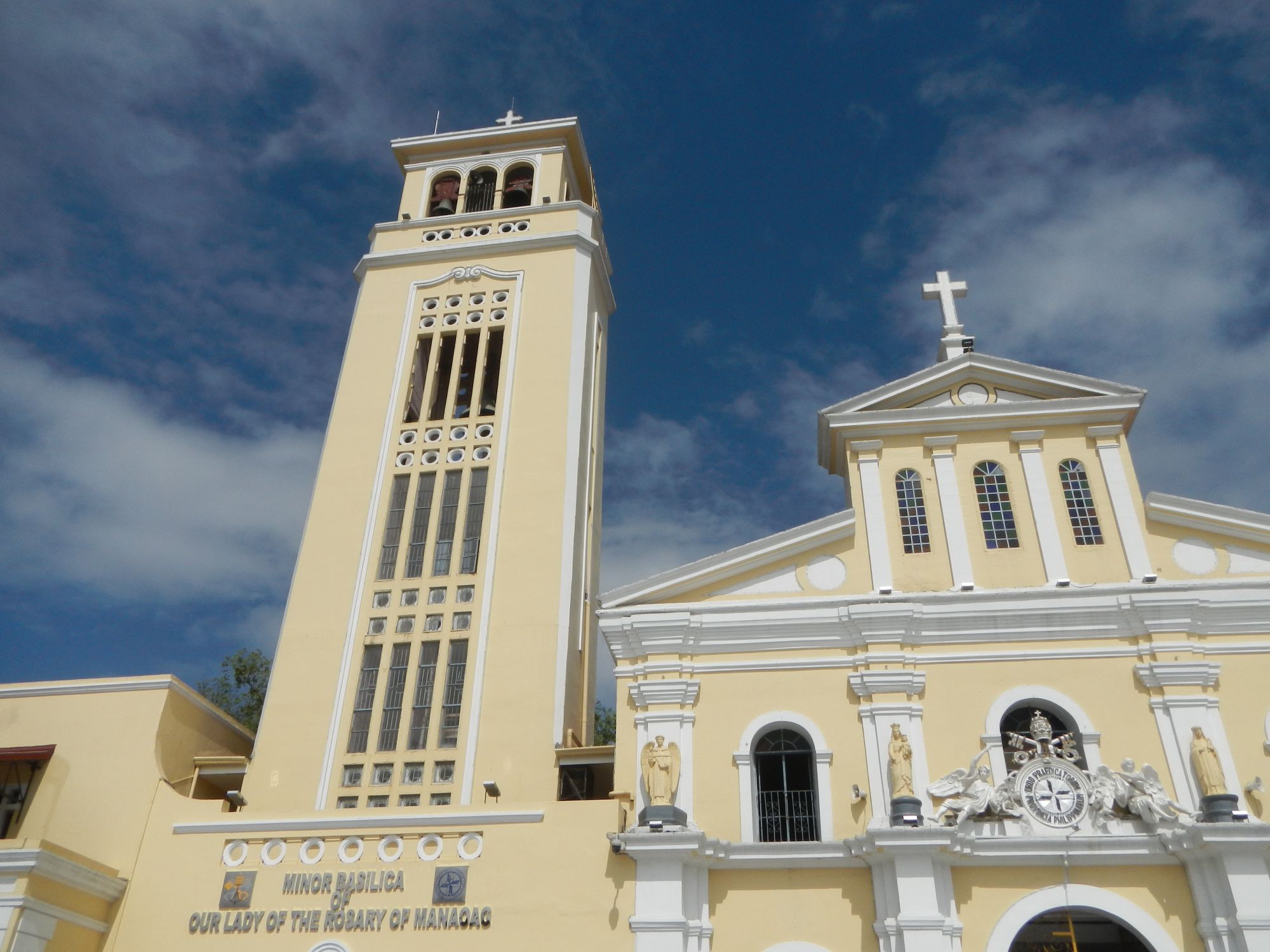1. St. John the Baptist Parish Church | Quiapo, Manila

Fondly called as Quiapo Church, the Minor Basilica of the Black Nazarene is home of the famous miraculous dark image of the Jesus of Nazareth carrying the cross. Thousands of devotees who join its annual grand Traslacion as well as those who line up frequently to kiss its foot or wipe their handkerchiefs on it share stories of miraculous healings and providence.
The original image was carved by an anonymous sculptor and arrived in Manila via galleon from Acapulco, Mexico on May 31, 1606. It is made of mesquite wood, hence its dark colour. It was first enshrined in the Church of San Juan Bautista of the Augustinian Recollects at Bagumbayan, Luneta until the area was destroyed during the Seven-Year-War with the British in 1644. The image was then transferred to the Church of San Nicolas de Tolentino inside Intramuros. Unfortunately, the image and the church were destroyed during the Liberation of Manila in 1945. What we see today being processioned in Traslacion is the surviving copy donated by the Augustinian Recollects on January 9, 1787 and the replica sculpted by Gener Maglaqui, under the commission of the Archdiocese of Manila.
Religious veneration of the Black Nazarene is rooted among Filipinos who identify themselves and relate their poverty and daily struggles with the passion and suffering of Christ which the image depicts.
2. Simala Shrine | Sibonga, Cebu













